Flow Activities: How to Get Into a Flow State
The elimination of distraction and multitasking are crucial for triggering a flow state. The key experts on flow all recommend minimizing technology use and social media scrolling because they are highly distracting and send your brain in multiple directions at once. This is cognitively challenging yet unrewarding (Wilcox & Stephen, 2013).
Distraction is the enemy of flow (Csikszentmihalyi, 1990).
Below is a three-step formula recommended by flow expert Steven Kotler (2021) for getting more flow into your life as a whole. The video guide at the end of this section by organizational psychologist Dr. Benjamin Hardy explains these steps in an audio–visual format.
1. Identify your most enjoyable activity
Choose an activity that you find intrinsically rewarding that you become immersed in, as this is the most likely to trigger the flow state.
Some examples could be cooking, gardening, hiking, running, swimming, gaming, yoga, painting, crafts, and so on. Make sure to carve out enough time. Kotler (2021) recommends at least 90 minutes once or preferably twice a week to immerse yourself in the activity undistracted. This trains your brain toward intrinsic enjoyment and the experience of flow.
2. Identify your most focused time of day
Engage with your most important tasks during the part of the day when your brain is most alive. Some of us are morning people, and others are night owls. Some are at their best after a quick nap. Pick the time when your ability to focus is optimal. Leave your admin and essential tasks for other times.
Put aside 90 minutes each day to engage with the most important task of the day. Kotler (2021) encourages you to take breaks during this time. When I coach writers (Nash, 2021), I encourage them to take five-minute breaks every 20 to 30 minutes that involve moving away from the desk, such as yoga stretching, making a drink, or doing a small chore.
Remember, refraining from internet surfing during breaks is essential.
3. Choose a daily recovery time
Ensure you have a segment of time every day when you completely detach from work and technology. This is called recovery time (Kotler, 2021). You may do this by spending time with loved ones, watching a movie, walking your dog, or meditating. You might enjoy a combination of these things.
We’re all different, and each of us has different ways of recovering from a busy day. This will help you wind down and sleep well, ensuring you’re primed for the following day.
Again, detaching from the internet during your recovery time is essential. The aim of these three steps is to retrain your brain to enhance focus and optimize performance when flow is required.
If you can reorganize your week and working days to include these three steps, you will start to experience more flow in everyday life. You will enjoy a higher quality of life by being more focused on what’s important to you while minimizing distraction. For more guidance, see Dr Benjamin Hardy’s video below.
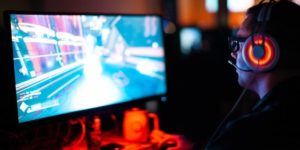
 Below you will find four examples of flow in action that have been subjects of recent scientific research.
Below you will find four examples of flow in action that have been subjects of recent scientific research.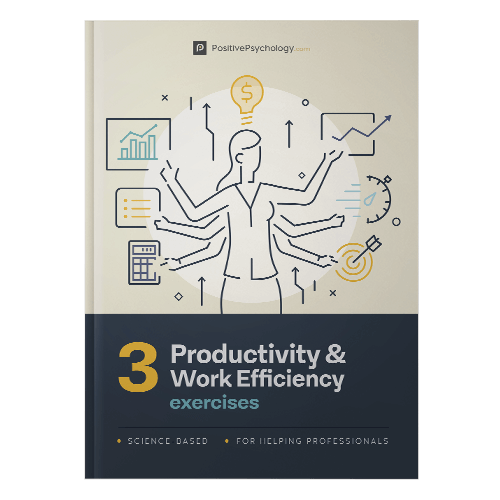
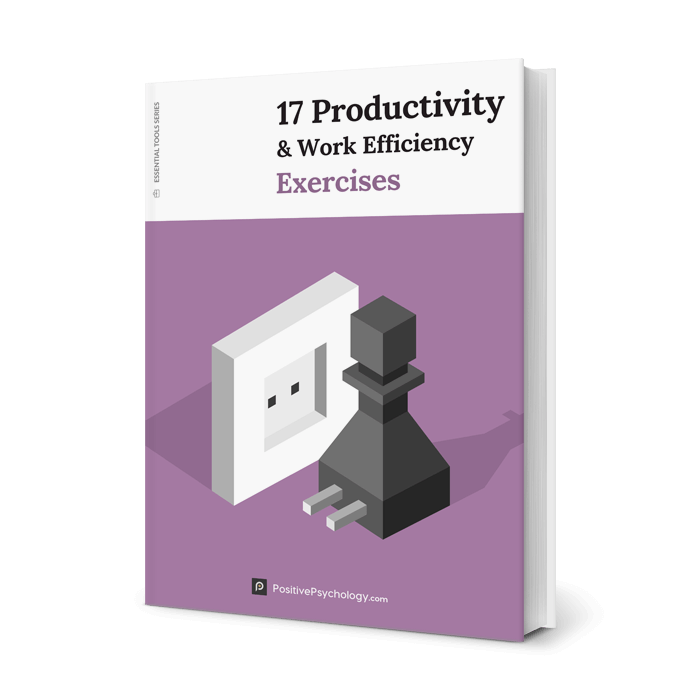

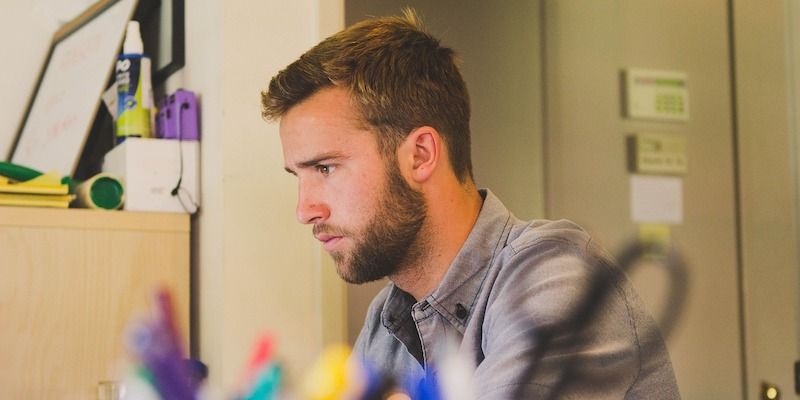
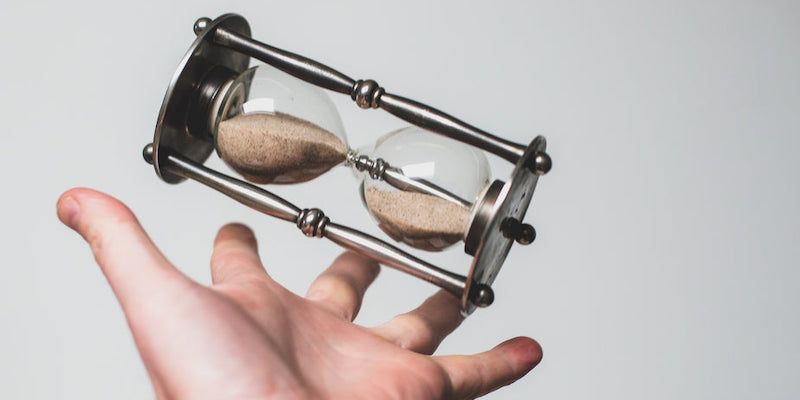

What our readers think
The tips to get into the state of flow are pedestrian at best. Identify your most enjoyable activity, find most focused time of day, and take rest. Really? You might as well have said, “Find flow in things you find flow in, at a time when flow is possible, and take a break afterwards”.
Great review and response to Flow States. As a Diversional Therapist the experience of Flow in the context of recreation and leisure is a core theory informing responses to sociopsychobio health experiences.